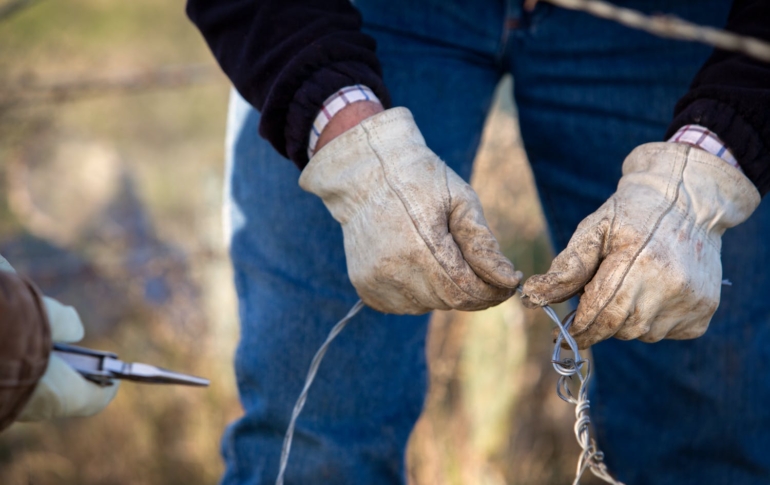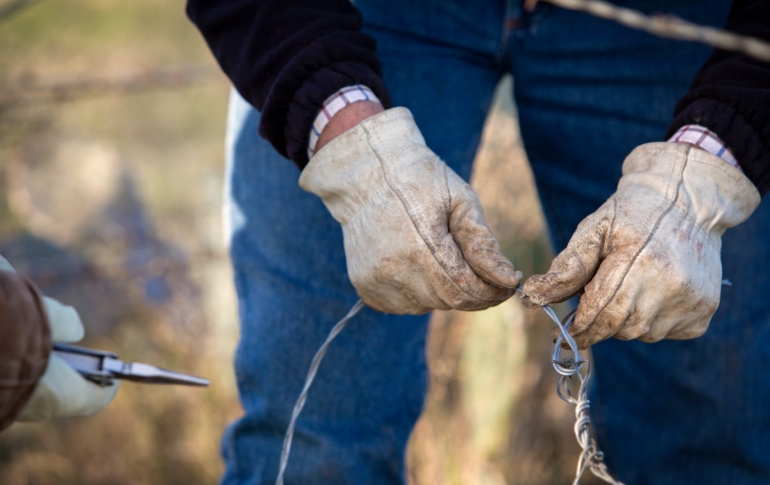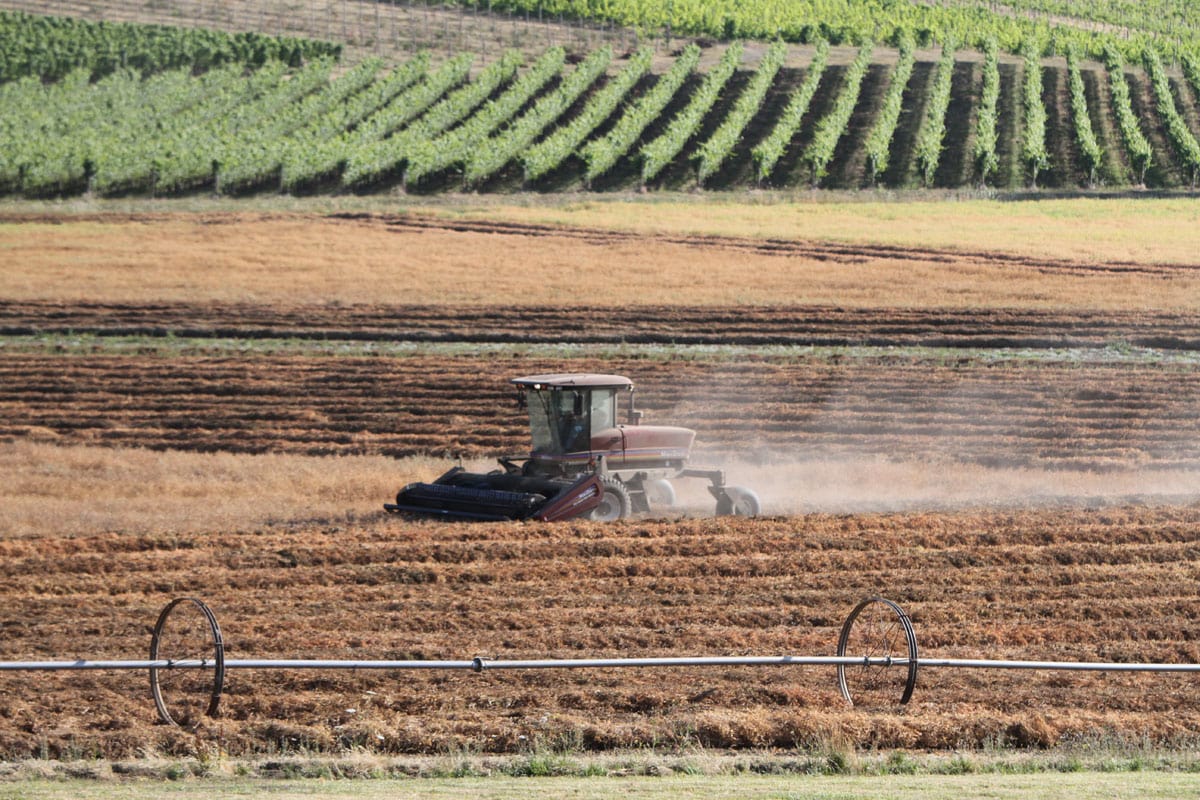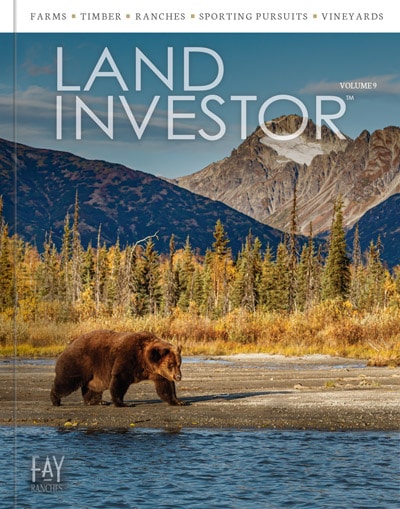Agricultural Lease Rates: A Guide To Estimating Income Potential For Landowners
If you are a farm or ranch owner but farming or ranching is not your trade, you are not alone. Landowner demographics in many parts of the West have shifted toward non-operators, particularly in recent decades. If you are a non-operating owner or prospective owner, evaluating your property’s income potential requires an understanding of agricultural lease rates.
AVERAGE LAND RENTS
The information in the charts provides a baseline to use in evaluating your land’s rental potential. The rates quoted are averages, and production can vary greatly, not only regionally within the state but also on properties right next door. When evaluating a specific property, you‘ll need to consider some of the other factors that affect rents.

ADDITIONAL INFLUENCES ON RENTAL RATES
Rental rates may vary from property to property. Soil quality and average precipitation are obvious factors for which information is typically available. Here are other factors that may be less measurable but often come into play.
PASTURE GROUND CHARACTERISTICS
Supply and demand of your land: The more possible lessees within close proximity to your ranch, the better off you are at having a chance at leasing your land to one or a few of them.
Proximity to lessee: The closer your property is to the lessee’s base of operations, the better. Familiarity, convenience, and low transportation costs contribute to cost-effectiveness.
Water resources on your property: Both quality, availability, and dispersal of water resources directly impact grazing capacity and can make property more or less desirable.
Fence quality: If your land has fence inconsistencies, cows can get free and could be a liability to your property in the eyes of a potential lessee.
Proper management of weeds: If weeds are not taken care of, they could displace edible forage and are costly to manage for lessees.
Facilities on property: The availability of working facilities for cattle is a benefit to the operator.
FARM GROUND CHARACTERISTICS
Supply and demand: Having adequate farm ground on your property is doubly important than pasture ground because there are typically fewer options available geographically for good farming land.
Proximity to lessee’s base of operation: Farm equipment mobilization is very expensive, so the closer your ranch is to your lessee, the better.
Field condition: Rough fields damage equipment and slow down potential lessees. Bouncing over gopher mounds is even less fun than chasing loose cows.
Age of stand: A new alfalfa planting is far more productive than an old stand which has largely given way to grasses and far more valuable to a potential lessee.
Weeds: Having too many weeds can reduce the crop value, and they can be spread by equipment or by feeding if it’s a hay crop.
Size of tillable acreage: Having more acres to farm on justifies mobilization, but fewer operators have the equipment necessary to handle very large acreage.


Strategic Investments: Practical Improvements to Enhance Your Property’s Value
As the fiscal year winds down, you may find yourself in the fortunate position of having enjoyed a prosperous year on your ranch or farm or through other business ventures. Now, you’re contemplating reinvesting in your property. This is a great position to be in, offering the potential opportunity to offset income for tax purposes […]

Strategic Investments: Practical Improvements to Enhance Your Property’s Value
As the fiscal year winds down, you may find yourself in the fortunate position of having enjoyed a prosperous year on your ranch or farm or through other business ventures. Now, you’re contemplating reinvesting in your property. This is a great position to be in, offering the potential opportunity to offset income for tax purposes […]





